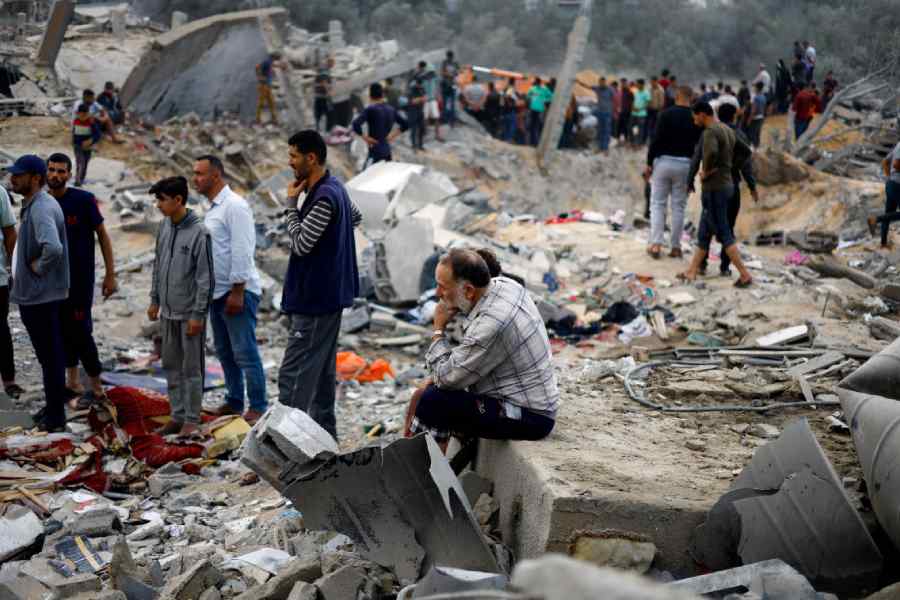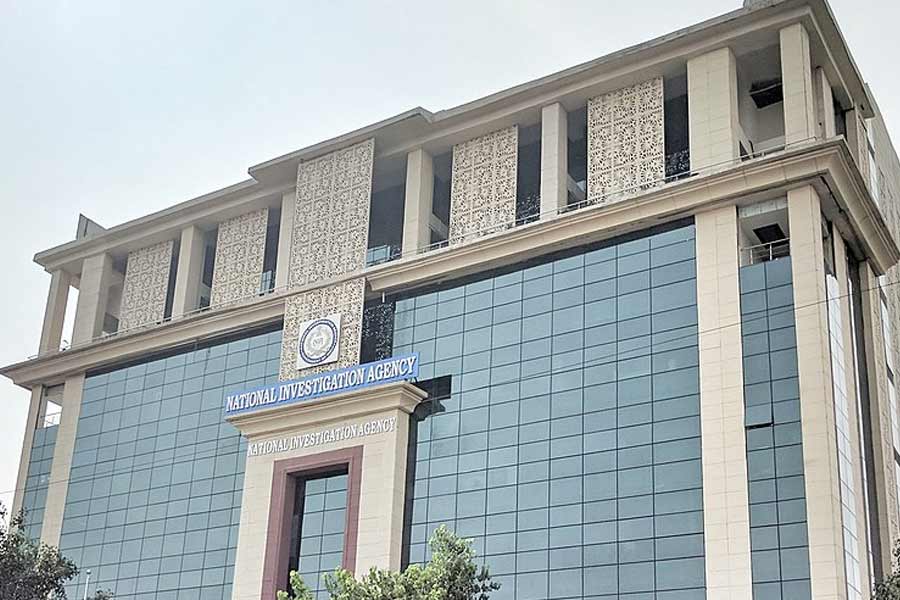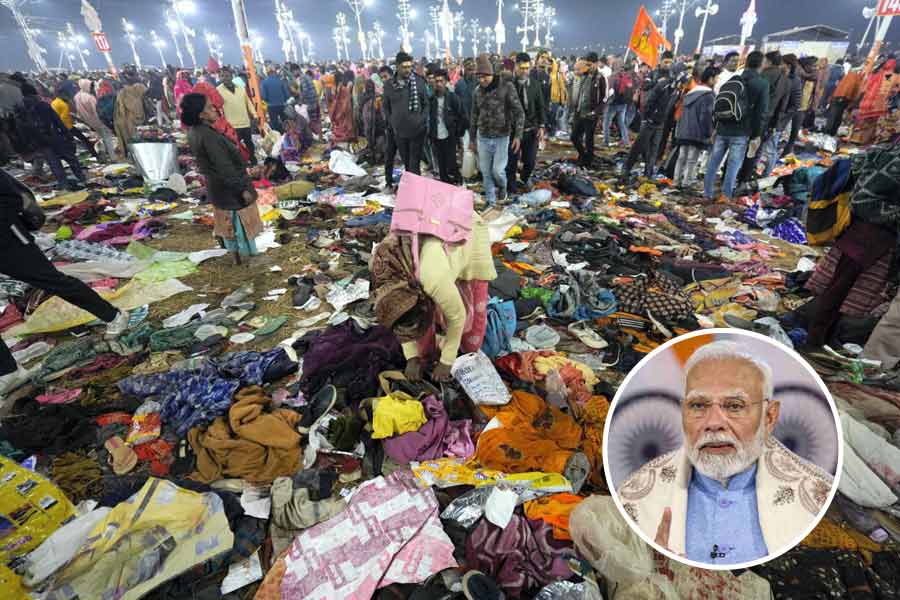For years, Mohammad Matar worked on constructing pipelines that moved water across the Gaza Strip — from northern Beit Lahia to southern Rafah. Now, he can barely get access to water himself.
Matar, a 35-year-old civil engineer, was reached by phone on Thursday evening in Gaza City, where he and his family have remained even as Israeli ground forces continue their relentless assault on Hamas.
In a city increasingly cut off from the rest of the world, Matar described days full of desperation and fear.
“I have watched a lot of horror movies, but I have never watched a horror movie like this one,” he said. “I am certain that what you see on the TV is not even 5 per cent of what we are experiencing.”
Matar says that his family, like many in Gaza, is coping with food shortages. They have not had vegetables for nearly eight days, and he can’t remember the last time he ate chicken or meat. On most days, his family cooks instant noodles over charcoal, and while one box typically lasts a week, he is rationing so that each will last up to 20 days.
“We are trying to conserve what we have until the situation changes — until this sad story is over,” Matar said.
The Israeli military has for weeks ordered residents of northern Gaza to leave for their protection, and warned that those who do not “may be considered a member of a terrorist organisation”. In just the past week, as Israel has begun to enact daily combat pauses, an estimated 50,000 to 80,000 residents have fled south by foot, according to UNRWA, the UN agency that helps Palestinians.
Videos posted to social media by the Israel Defence Forces show families, some with their hands held up, down a main thoroughfare as Israeli soldiers monitor them behind military vehicles.
But after fleeing, they remain vulnerable, according to Juliette Touma, UNRWA’s director of communications. “This assumption that the south is safe is wrong,” she said in an interview, calling Israel’s order “forced displacement” that had sent droves of people walking south, “dehydrated, exhausted and fearful”.
“There is nowhere that is safe in Gaza,” Touma said.
As a result of limited communication and disruptions in aid supply, Touma said it was impossible to estimate how many people remained in Gaza City, adding that the north had become “the most dangerous area on Earth”.
As Israeli troops engage in street battles with Hamas and their relentless attacks engulf more of the city, Matar and his family have remained.
“This is our fate,” he said. “But we hope God will change the situation.”
For 10 years, Matar worked on water infrastructure projects for Saqqa and Khoudary Contracting, a Palestinian construction company based in the West Bank. He said his projects, including building water tanks and the distribution systems attached to them, were now destroyed and estimates that it would take months to a year to restore water to the Gaza Strip when the fighting ends.
As for now, he said: “You are privileged if you can find water to wash your hands or face.”
New York Times News Service










